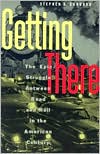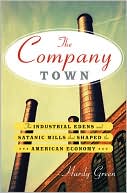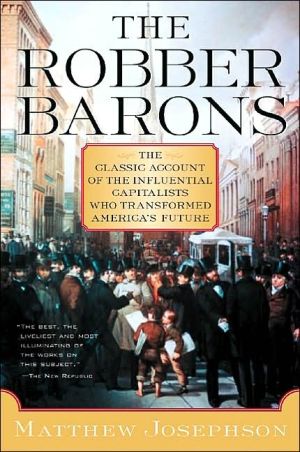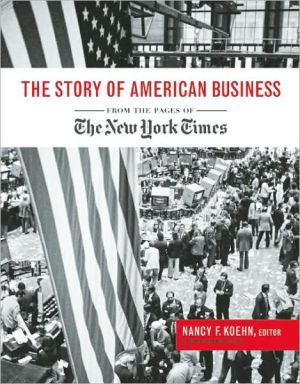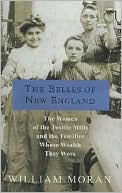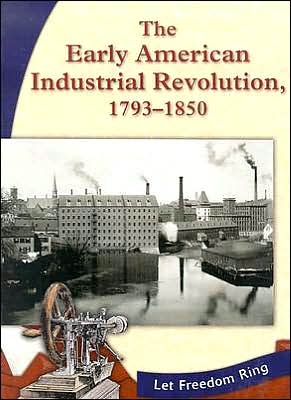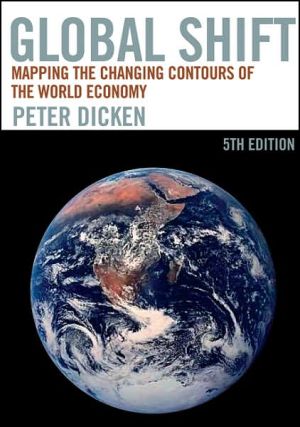Getting There: The Epic Struggle between Road and Rail in the American Century
"A readable and concise overview of how U.S. transportation came to its present pass. . . . Goddard is at his best when recounting the complex and interesting history of what has come to be called 'the highway lobby.'. . . An excellent book for the general reader with an interest in getting around."—Larry Fish, Philadelphia Inquirer\ "This is a riveting story: of mighty railroads hamstrung almost overnight by government bureaucrats; of road interests led by General Motors Corp. conspiring in...
Search in google:
"A readable and concise overview of how U.S. transportation came to its present pass. . . . Goddard is at his best when recounting the complex and interesting history of what has come to be called 'the highway lobby.'. . . An excellent book for the general reader with an interest in getting around."—Larry Fish, Philadelphia Inquirer"This is a riveting story: of mighty railroads hamstrung almost overnight by government bureaucrats; of road interests led by General Motors Corp. conspiring in city after city to destroy efficient trolley systems . . . and of freeways that are far from free."—Bill Laitner, Detroit Free Press"The combination of forces and fates that turned America into a giant parking lot from sea to shining sea is the subject of Stephen B. Goddard's lively pop history. . . . As Mr. Goddard ably points out, road-building and the creation of car-dependent suburbs have become ends in themselves."—James Howard Kunstler, Wall Street Journal"The strength of Goddard's book is that he understands the complexities of manipulating public opinion to influence legislatures."—David Young, Chicago Tribune"[Goddard's] book is a deft and easily read history of how transportation has shaped the nation and its economy, and ultimately, how a federation of truck and car interests drastically tilted national policies. . . . For many reasons this is an exceptionally important work."—Jim Dwyer, New York Newsday Library Journal Goddard tells the story of how the struggle between the highwaymen and the railroaders ultimately changed the course of modern transportation systems and the U.S. economy. He describes how the automakers, engineers, contractors, and government officials dethroned the once-powerful railroad barons, pushing them from their position at the apex of the American industrial empire, and how the dawning of the global empire taught these bitter antagonists to either cooperate or perish. His account is a human story of opportunity, greed, high ideals, and raw ambition in which the automobile is painted as the ``bad guy'' and the railroad as the better system both for the public and for the economy. This engaging tale ends with a discussion of the implications of the railway-highway struggle on future transportation systems. For large public and academic libraries.-Eric C. Shoaf, Brown Univ. Lib., Providence, R.I.
PrefacePrologue: 191711The First Big Business62The Runaway Iron Horse223The Good Roads Crusade434The Electric Shooting Star655Motoring for Profit: The Birth of Trucking846The Trojan Horseless Carriage1027Derailing the Trolleys1208Applying the Brakes1389Hard Times15110A War Abroad, a Conflict at Home16411Interstate Socialism17912A New America19513Trouble in Paradise20714The Unshackling22615Same Game, New Rules23516Taking Stock24617Technology to the Rescue?25718Sinking or Swimming in a Global Economy271Notes283Bibliography314Interviews332Legal Cases334Acknowledgments335Index339
\ Library JournalGoddard tells the story of how the struggle between the highwaymen and the railroaders ultimately changed the course of modern transportation systems and the U.S. economy. He describes how the automakers, engineers, contractors, and government officials dethroned the once-powerful railroad barons, pushing them from their position at the apex of the American industrial empire, and how the dawning of the global empire taught these bitter antagonists to either cooperate or perish. His account is a human story of opportunity, greed, high ideals, and raw ambition in which the automobile is painted as the ``bad guy'' and the railroad as the better system both for the public and for the economy. This engaging tale ends with a discussion of the implications of the railway-highway struggle on future transportation systems. For large public and academic libraries.-Eric C. Shoaf, Brown Univ. Lib., Providence, R.I.\ \
